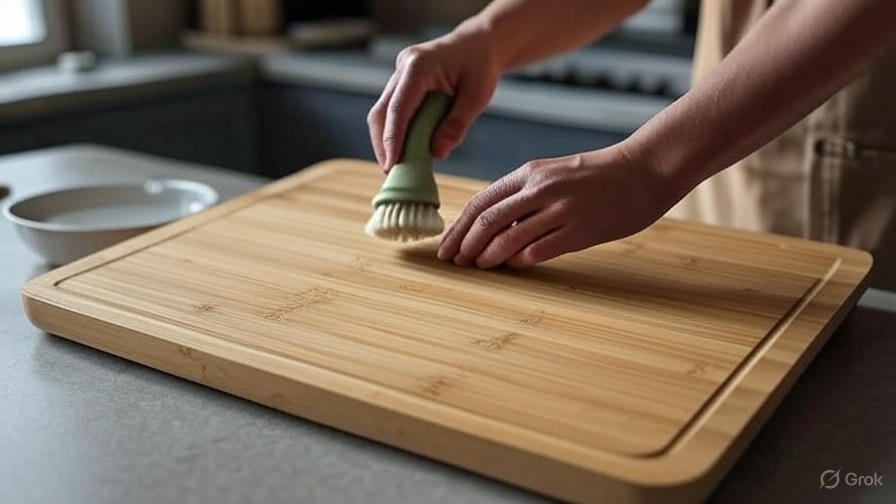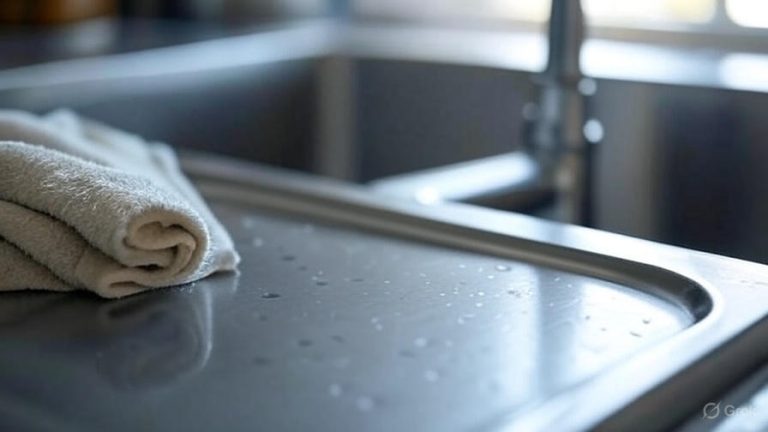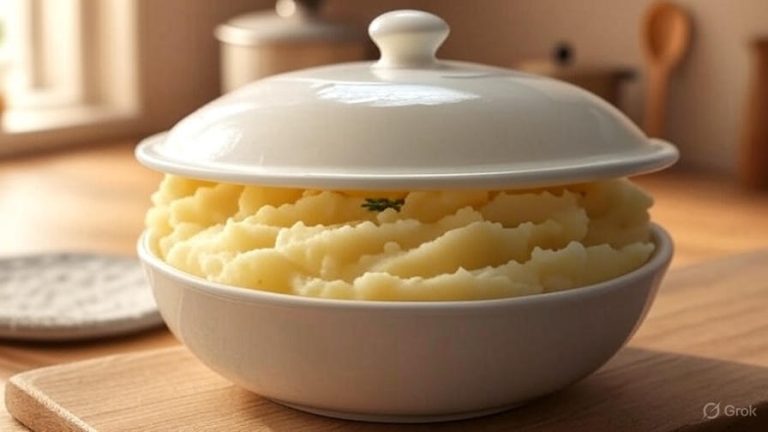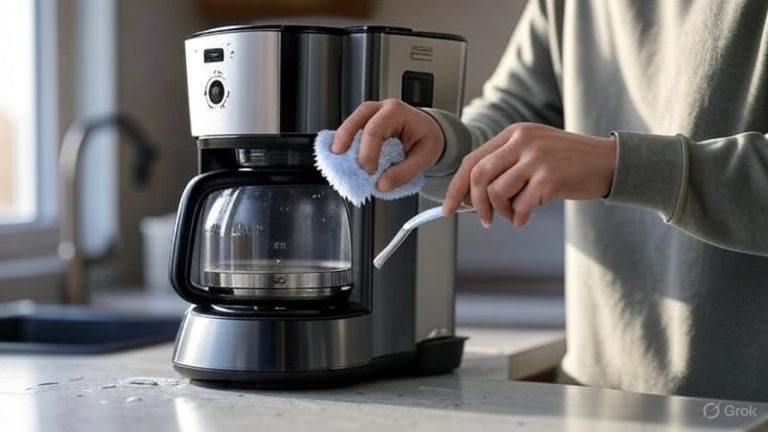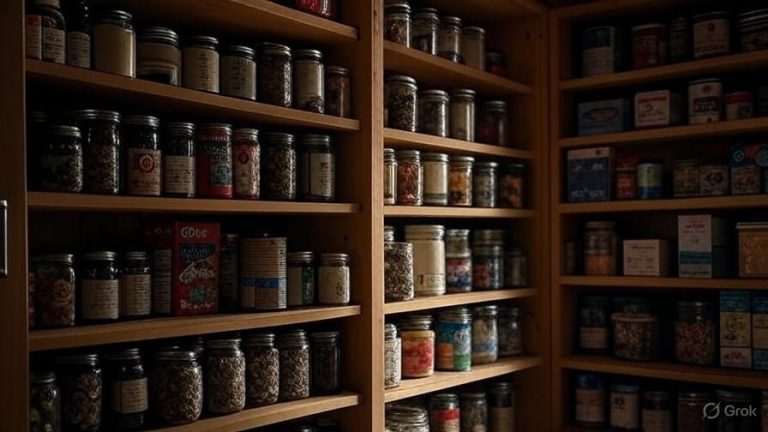How to Clean a Bamboo Cutting Board?
Bamboo cutting boards have become kitchen essentials for home cooks and professional chefs alike. These eco-friendly alternatives to traditional wooden boards offer durability, natural antimicrobial properties, and stunning aesthetics. However, proper cleaning and maintenance determine how long your bamboo board will serve you well.
Many people struggle with keeping their bamboo cutting boards in pristine condition. Food particles get trapped in knife grooves, stains develop from colorful ingredients, and odors linger despite regular washing. This comprehensive guide will transform you into a bamboo board maintenance expert.
Why Bamboo Cutting Boards Need Special Care
Bamboo differs significantly from plastic or glass cutting boards in its structure and composition. This natural material consists of densely packed fibers that create a naturally antibacterial surface. The tight grain structure resists moisture absorption better than traditional hardwoods, making bamboo an excellent choice for food preparation.
Despite these advantages, bamboo boards require specific cleaning techniques to maintain their integrity. Harsh chemicals can damage the natural fibers, while inadequate cleaning allows bacteria to flourish. The key lies in finding the right balance between thorough sanitization and gentle care.
Temperature extremes pose another challenge for bamboo boards. Hot water can cause warping and cracking, while cold water fails to remove greasy residues effectively. The porous nature of bamboo also means that strong odors from garlic, onions, and fish can penetrate deep into the surface if not addressed promptly.
Daily Cleaning Routine: Your First Line of Defense
Start your bamboo board care routine immediately after each use. Rinse the board under warm running water to remove loose food particles and surface debris. Use your hands to gently scrub away any stuck-on pieces, avoiding abrasive scrubbers that could scratch the surface.
Apply a small amount of mild dish soap to a soft sponge or cloth. Work the soap into a light lather and clean the entire surface of the board, paying special attention to areas where you cut meat, fish, or pungent vegetables. The soap helps break down oils and proteins that water alone cannot remove.
Scrub both sides of the board thoroughly, including the edges and any grooves or scratches. These areas often harbor bacteria and food particles that can lead to contamination. Use gentle circular motions rather than aggressive back-and-forth scrubbing that could damage the bamboo fibers.
Rinse the board completely under warm water, ensuring all soap residue disappears. Soap residue can leave an unpleasant taste on foods and may attract dirt and bacteria. Hold the board at different angles under the water stream to remove soap from grooves and crevices.
Dry the board immediately with a clean kitchen towel. Pat the surface dry rather than wiping harshly, which can push moisture deeper into the bamboo. Stand the board upright in a well-ventilated area to air dry completely before storing.
Deep Cleaning Methods for Stubborn Stains and Odors
Sometimes daily cleaning isn’t enough to tackle persistent stains or lingering odors. Deep cleaning techniques restore your bamboo board to its original condition and eliminate bacteria that regular washing might miss.
The Salt and Lemon Method
Create a natural scrub using coarse salt and fresh lemon juice. Sprinkle a generous amount of coarse sea salt or kosher salt across the surface of your bamboo board. Cut a lemon in half and use the cut side as your scrubbing tool, working the salt into the bamboo surface.
The salt acts as an abrasive agent that lifts stains and removes embedded food particles, while the lemon’s citric acid naturally bleaches discoloration and neutralizes odors. The combination also provides antimicrobial benefits that help sanitize the board.
Work the lemon and salt mixture across the entire surface, focusing extra attention on stained or odorous areas. Let the mixture sit for 5-10 minutes to allow the acids to break down stubborn residues. Rinse thoroughly with warm water and dry completely.
Baking Soda Paste Treatment
Baking soda offers another powerful deep-cleaning solution for your bamboo cutting board. Mix three tablespoons of baking soda with one tablespoon of water to create a thick paste. The alkaline properties of baking soda neutralize acids and lift stubborn stains.
Spread the paste evenly across the board surface and work it into stains using a soft cloth or sponge. The mild abrasive action helps remove discoloration without scratching the bamboo. Allow the paste to sit for 15-20 minutes for maximum effectiveness.
For particularly stubborn odors, add a few drops of white vinegar to the baking soda paste. The resulting fizzing action helps lift embedded particles and neutralizes strong smells from garlic, onions, or fish.
White Vinegar Sanitization
White vinegar serves as an excellent natural sanitizer for bamboo cutting boards. Mix equal parts white vinegar and water in a spray bottle. Spray the solution across the board surface and let it sit for several minutes before wiping clean with a damp cloth.
The acetic acid in vinegar kills bacteria and neutralizes odors without damaging the bamboo fibers. This method works particularly well for boards used to prepare raw meat or fish, providing an extra layer of food safety protection.
Never use undiluted vinegar on your bamboo board, as the high acidity can damage the natural fibers and cause premature wear. Always dilute the vinegar and rinse thoroughly after treatment.
What to Avoid: Common Cleaning Mistakes
Many bamboo board owners inadvertently damage their boards through well-intentioned but harmful cleaning practices. Understanding what not to do prevents costly mistakes and extends your board’s lifespan.
Never put your bamboo cutting board in the dishwasher. The high temperatures, harsh detergents, and prolonged exposure to moisture can cause warping, cracking, and delamination. The intense heat breaks down the natural lignins that hold the bamboo fibers together.
Avoid soaking your bamboo board in water for extended periods. While brief exposure to water during cleaning is necessary, prolonged soaking allows moisture to penetrate deep into the bamboo structure. This can lead to swelling, warping, and bacterial growth in hard-to-reach areas.
Skip bleach and other harsh chemical cleaners on your bamboo board. These powerful substances can break down the natural fibers, cause discoloration, and leave harmful residues that contaminate food. Stick to mild dish soap and natural cleaning alternatives.
Don’t use steel wool, scouring pads, or other abrasive cleaning tools on bamboo surfaces. These materials create scratches and gouges that provide hiding places for bacteria and make the board harder to clean effectively. Soft sponges and cloths provide adequate cleaning power without damage.
Resist the urge to use your bamboo board as a heat pad for hot pots and pans. Extreme heat can cause immediate cracking and permanent damage to the bamboo structure. Use proper trivets and heat-resistant pads to protect your board from thermal shock.
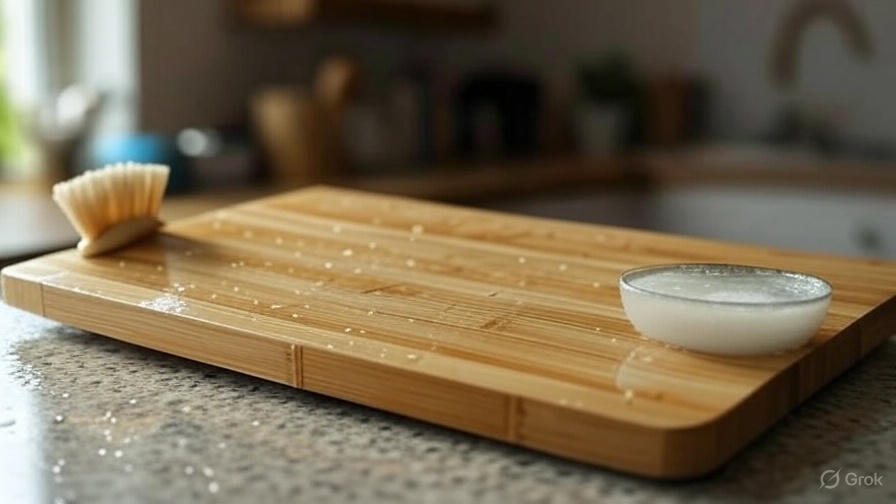
Maintaining Your Bamboo Board: Long-term Care Strategies
Regular maintenance keeps your bamboo cutting board looking great and performing well for years. Develop consistent care habits that protect your investment and ensure food safety.
Oil your bamboo board monthly using food-grade mineral oil or specialized cutting board oil. Apply a thin, even layer across the entire surface using a clean cloth. Let the oil penetrate for several hours or overnight before wiping away excess with a paper towel.
The oil treatment prevents the bamboo from drying out and cracking while creating a protective barrier against moisture and stains. Well-oiled boards also resist odor absorption and maintain their natural luster longer.
Inspect your board regularly for signs of wear, damage, or deep scratches that could harbor bacteria. Sand minor surface scratches lightly with fine-grit sandpaper, following the grain direction. Deep cuts or cracks may require professional repair or board replacement.
Store your bamboo board in a dry, well-ventilated area away from direct sunlight and heat sources. Vertical storage allows air to circulate around the entire board, preventing moisture buildup that could lead to mold or bacterial growth.
Rotate between multiple cutting boards if you frequently prepare different types of food. Use separate boards for raw meat, vegetables, and ready-to-eat items to prevent cross-contamination. This practice also allows each board time to dry completely between uses.
Removing Specific Stains and Odors
Different foods create unique staining and odor challenges that require targeted approaches. Learn how to tackle specific problems that commonly affect bamboo cutting boards.
Garlic and Onion Odors
Strong-smelling alliums can leave lasting odors in bamboo boards. Combat these smells by rubbing the board with a cut potato immediately after use. The potato’s enzymes neutralize sulfur compounds that create lingering odors.
Alternatively, create a paste using baking soda and a small amount of water. Rub this mixture into the affected areas and let it sit for 20 minutes before rinsing clean. The alkaline properties of baking soda effectively neutralize acidic odor compounds.
Berry and Fruit Stains
Dark berries, pomegranates, and other colorful fruits can leave stubborn stains on bamboo surfaces. Address these stains immediately by sprinkling salt over the affected area and rubbing with a cut lemon.
For set-in berry stains, make a paste using cream of tartar and lemon juice. Apply the paste to the stain and let it work for 30 minutes before scrubbing gently with a soft brush. The mild bleaching action helps lift the discoloration without damaging the bamboo.
Meat and Fish Residues
Raw meat and fish require extra attention to ensure complete removal of proteins and potential pathogens. After your regular cleaning routine, wipe the board with a solution of one part white vinegar to three parts water.
For particularly stubborn meat or fish odors, sprinkle the board generously with coarse salt and scrub with half a lemon. The salt’s abrasive action combined with lemon’s deodorizing properties effectively eliminates organic residues and smells.
Signs It’s Time to Replace Your Bamboo Board
Even with excellent care, bamboo cutting boards eventually need replacement. Recognize the warning signs that indicate your board has reached the end of its useful life.
Deep cracks that extend across the board’s width or length compromise structural integrity and create bacteria harboring spots. These cracks cannot be repaired effectively and pose food safety risks.
Extensive knife scarring that creates deep grooves provides hiding places for bacteria and makes thorough cleaning impossible. When your board resembles a relief map of valleys and ridges, it’s time for a replacement.
Persistent odors that don’t respond to deep cleaning treatments indicate bacterial penetration into the bamboo structure. If strong smells linger despite multiple cleaning attempts, the board has become a food safety hazard.
Warping or splitting that prevents the board from lying flat creates unstable cutting surfaces and indicates moisture damage to the bamboo’s internal structure. Warped boards are unsafe to use and cannot be effectively repaired.
Professional Tips for Extended Board Life
Restaurant professionals and culinary experts have developed techniques that maximize bamboo cutting board longevity. Apply these insider secrets to get the most from your kitchen investment.
Always cut with the grain rather than against it when possible. This technique reduces the depth of knife marks and prevents excessive fiber damage that weakens the board structure.
Use proper knife techniques that minimize dragging and chopping motions across the board surface. Clean, decisive cuts create less surface damage than sawing or hacking motions.
Maintain your kitchen knives properly with regular sharpening. Sharp knives create clean cuts with minimal pressure, reducing stress on the bamboo surface. Dull knives require more force and create ragged cuts that damage the board.
Consider the humidity levels in your kitchen and storage areas. Extreme dryness can cause bamboo to crack, while excessive moisture promotes bacterial growth. Maintain moderate humidity levels for optimal board preservation.
Conclusion: Your Path to Perfect Bamboo Board Care
Cleaning and maintaining a bamboo cutting board requires consistent attention and the right techniques. Daily gentle cleaning removes surface contaminants, while periodic deep cleaning tackles stubborn stains and odors. Avoid harsh chemicals and extreme temperatures that damage the natural bamboo structure.
Regular oiling and proper storage extend your board’s lifespan significantly. Pay attention to warning signs that indicate replacement time, and don’t compromise food safety by using damaged boards.
With proper care, your bamboo cutting board will serve you faithfully for years, providing a beautiful and functional workspace for all your culinary adventures. The time you invest in maintenance pays dividends in board longevity, food safety, and kitchen aesthetics.
Start implementing these cleaning and care techniques today. Your bamboo board will reward your attention with years of reliable service, natural beauty, and safe food preparation. The key lies in consistency, gentleness, and understanding the unique properties that make bamboo such an excellent cutting board material.

